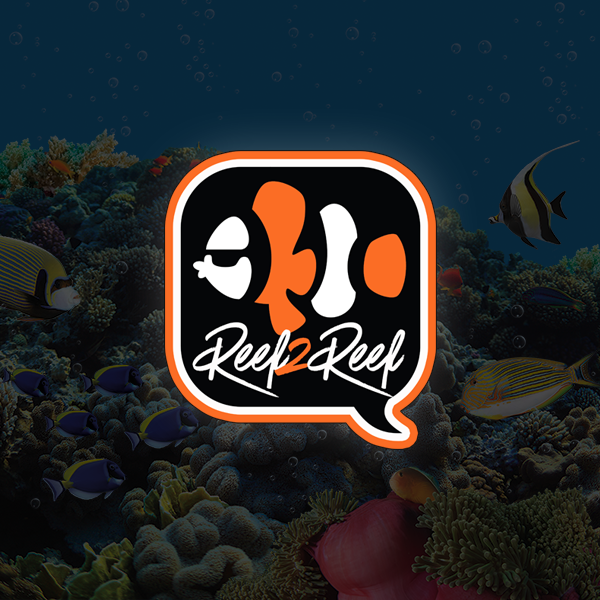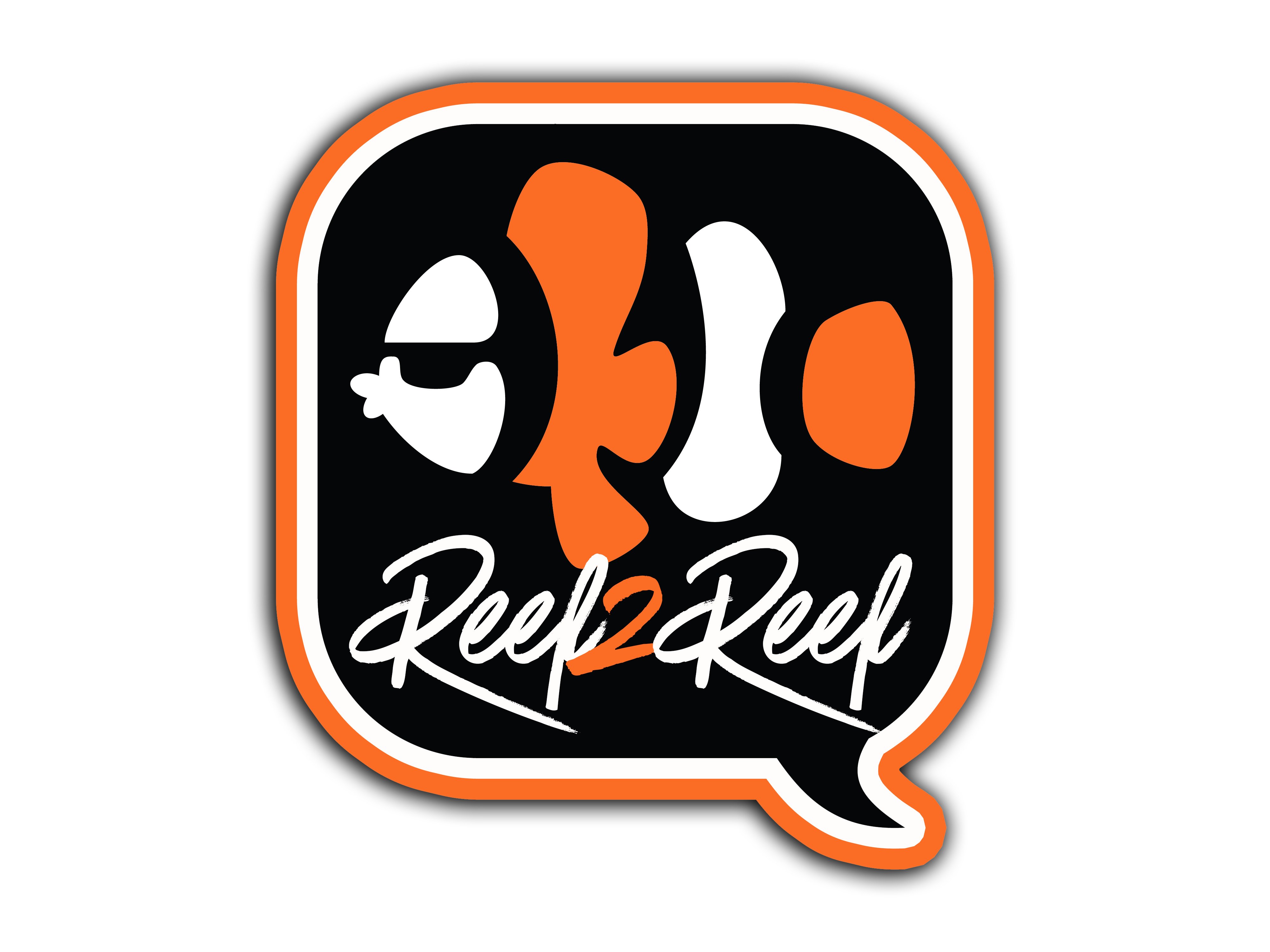So i have i 15 gallon tank(easy, relatively no maintenance, no skimmer, no sump, white light), and my dormitory administration allowed me to have the tank "as big as i can provide for and not obstruct my roommates space". So I'm planning to make the same tank, but bigger, either going for 35 g (126 l) or 40 g (160 l) tank. The first is 31.5*13.7*17.7 inches(80*35*45 cm). It is ok, but smaller and i don't like it's footprint, too small and too high, fish will not like this i think. The 40 g is better, because it is 40*15.7*15.7(100*40*40cm), so bigger footprint and more place for territory for the fish. But the big sturdy table i have is only 31.5*31.5 inches(80*80 cm). I've planned to buy a piece of chipboard to compensate and to put on a table under a tank(in addition to a soft aquarium mat). Do you think I is a good idea long term? I don't think anything will go wrong, I've seen wooden stands for freshwater having a platform on top go a few inches on either side, this is basically the same, but DIY.
Also about moving the tank. I already have the sand, it's aquaforest bio sand. Bought it when starting, didn't like and put away for a year. Now it is washed from mineral dust and is waiting to be ressurected with provided bottles and my sand from the tank(i will wash it from detritus but I can't afford not to reuse live sand)
Will it be ok to do the move in one day, aka i put my 15 gallon under that table, put a 40/35 on the table, make a salt mix with 90% aquaforest reef and 10% reef crystals, put dry sand in there wait a day or half a day and then add everything from 15 gallon?
Or is it better to have 15 gallon stay under the table for longer, maybe a few days to a week and add everything gradually? I will be doing this all in summer, so I'm not scared of something getting too cold.
Also, i will need to buy a lot of dry rock, to make cave network and crevasses, because I'm trying to experiment with pairing fish, such as chrysiptera damsels, tailspot blennies, or even flameback angels, and they should be fine in a long tank of that size with lots of strategically put rockwork. The thing is, LFS have real ocean dry rock (not some kind of clay based poop from a brand, rocks from the ocean), but they got their prices double since last year, and the rock looks like literal pieces of lava, but white(no little crevasses , just a piece of rock with some pores) . So I'm thinking marko rock, not so good, heavier, but has crevices for microfauna and cheap. But even marko rock is going to cost some money for that size of setup. Will it be ok to add it a few month in as i will have the money? I'd like to transfer the livestock to the new tank as fast as possible and not wait additional few months to have money for rocks and then do the transfer.
Also i read a lot of people struggling to keep their phosphates above 0 with marco rock, and i already have troubles with phosphates caused by my macro, softies and dino+cyano bloom(i think reef crystals is the reason, never had dinos and cyano with aquaforest reef salt, this high alkalinity is the bane of my existence), so how true is phosphate absorbing capabilities of marco and how much i should worry? That's probably all, if i will remember anything else i will add it.
Also about moving the tank. I already have the sand, it's aquaforest bio sand. Bought it when starting, didn't like and put away for a year. Now it is washed from mineral dust and is waiting to be ressurected with provided bottles and my sand from the tank(i will wash it from detritus but I can't afford not to reuse live sand)
Will it be ok to do the move in one day, aka i put my 15 gallon under that table, put a 40/35 on the table, make a salt mix with 90% aquaforest reef and 10% reef crystals, put dry sand in there wait a day or half a day and then add everything from 15 gallon?
Or is it better to have 15 gallon stay under the table for longer, maybe a few days to a week and add everything gradually? I will be doing this all in summer, so I'm not scared of something getting too cold.
Also, i will need to buy a lot of dry rock, to make cave network and crevasses, because I'm trying to experiment with pairing fish, such as chrysiptera damsels, tailspot blennies, or even flameback angels, and they should be fine in a long tank of that size with lots of strategically put rockwork. The thing is, LFS have real ocean dry rock (not some kind of clay based poop from a brand, rocks from the ocean), but they got their prices double since last year, and the rock looks like literal pieces of lava, but white(no little crevasses , just a piece of rock with some pores) . So I'm thinking marko rock, not so good, heavier, but has crevices for microfauna and cheap. But even marko rock is going to cost some money for that size of setup. Will it be ok to add it a few month in as i will have the money? I'd like to transfer the livestock to the new tank as fast as possible and not wait additional few months to have money for rocks and then do the transfer.
Also i read a lot of people struggling to keep their phosphates above 0 with marco rock, and i already have troubles with phosphates caused by my macro, softies and dino+cyano bloom(i think reef crystals is the reason, never had dinos and cyano with aquaforest reef salt, this high alkalinity is the bane of my existence), so how true is phosphate absorbing capabilities of marco and how much i should worry? That's probably all, if i will remember anything else i will add it.
















